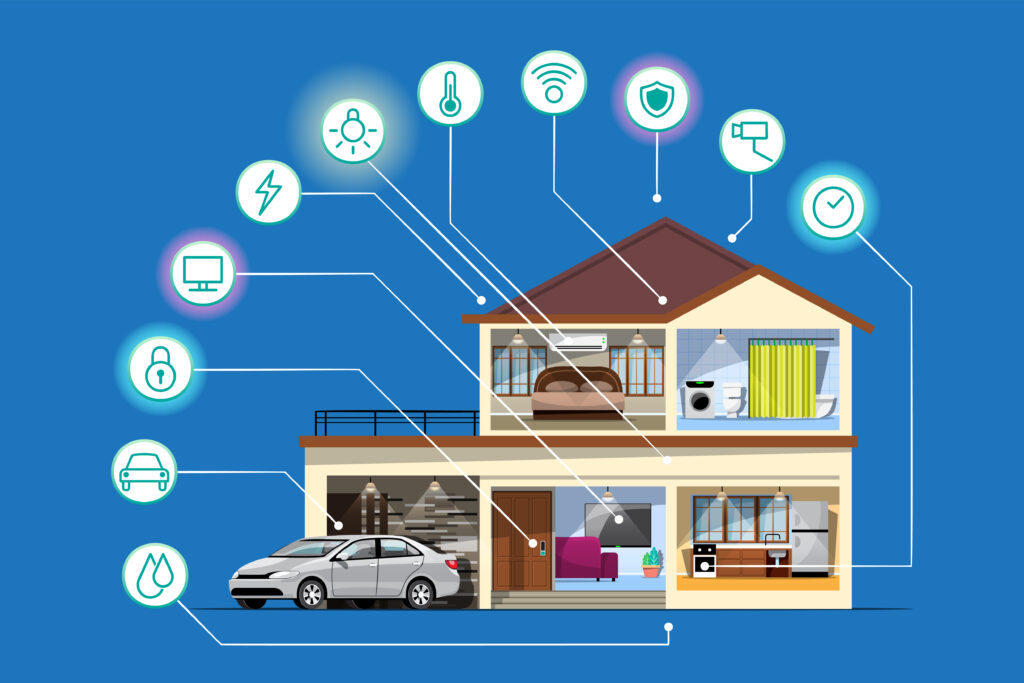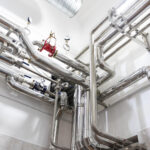As a business owner in the vast and dynamic state of Texas, managing a building comes with its own set of challenges. From ensuring the comfort of occupants to optimizing energy usage, the task can be overwhelming. One solution that has gained prominence in recent years is the implementation of Building Automation Systems (BAS) for Mechanical, Electrical, and Plumbing (MEP) engineering. In this article, we will explore the practical ways in which building owners in Texas can leverage BAS to enhance operational efficiency, reduce costs, and create a more sustainable environment.
Table of Contents
Understanding Building Automation Systems
Before delving into the practical applications, it’s essential to grasp the fundamentals of Building Automation Systems. Building Automation Systems is a centralized control system that monitors and manages various building functions, such as heating, ventilation, air conditioning (HVAC), lighting, and security. This system integrates sensors, controllers, and actuators to automate and optimize the building’s performance. With the ability to collect and analyze data, Building Automation Systems empowers building owners to make informed decisions for efficient resource utilization.
Optimizing HVAC Systems
One of the primary areas where building owners can benefit from Building Automation Systems (BAS) is in the optimization of HVAC systems. Texas, with its diverse climate, demands a robust heating and cooling infrastructure. BAS allows for real-time monitoring of temperature, humidity, and ventilation levels. By analyzing this data, the system can automatically adjust HVAC settings to maintain optimal conditions, ensuring a comfortable environment for occupants while minimizing energy consumption.
The perfect paragraph technique: Investing in a Building Automation System for HVAC optimization is a strategic move for building owners. The system continuously monitors and analyzes temperature, humidity, and ventilation parameters. With this data, the BAS adjusts HVAC settings in real-time, ensuring a comfortable indoor environment for occupants. This not only enhances occupant satisfaction but also results in significant energy savings.
Enhancing Energy Efficiency
In a state as vast as Texas, energy costs can be a significant concern for building owners. Leveraging BAS can substantially enhance energy efficiency by identifying and addressing areas of excessive consumption. The system can schedule equipment usage based on occupancy patterns, optimize lighting levels, and even detect and rectify inefficiencies in real-time. This proactive approach not only reduces energy bills but also aligns with the growing emphasis on sustainability and environmental responsibility.
The perfect paragraph technique: Building owners looking to cut down on energy costs should consider the role of BAS in enhancing efficiency. Through meticulous monitoring and analysis, the system identifies areas of excessive energy consumption. It then takes proactive measures, such as scheduling equipment usage based on occupancy patterns and optimizing lighting levels. The result is a substantial reduction in energy bills and a more sustainable operational model.

Streamlining Maintenance Operations
Maintaining a building in optimal condition requires a well-organized and efficient approach to maintenance. BAS plays a crucial role in streamlining maintenance operations by providing predictive analytics and real-time diagnostics. The system can detect potential issues before they escalate, allowing for proactive maintenance. This not only reduces downtime but also extends the lifespan of equipment, ultimately saving building owners from costly repairs and replacements.
The perfect paragraph technique: Building maintenance can be a challenging aspect for owners, but BAS offers a solution through predictive analytics. By continuously monitoring equipment performance, the system can detect potential issues before they escalate. This proactive approach minimizes downtime, extends the lifespan of equipment, and ultimately saves building owners from costly repairs and replacements.
Improving Occupant Comfort and Productivity
A well-maintained and comfortable environment is crucial for the productivity and well-being of occupants. BAS contributes significantly to improving occupant comfort by ensuring optimal temperature, lighting, and air quality. With customizable settings, building owners can cater to the diverse needs of different spaces within the building. This not only enhances the overall satisfaction of occupants but also positively impacts their productivity.
The perfect paragraph technique: Building Automation Systems are instrumental in creating a conducive environment for occupants. By ensuring optimal temperature, lighting, and air quality, the system contributes to improved comfort levels. With customizable settings for different spaces, building owners can meet the diverse needs of occupants. This, in turn, has a positive impact on productivity, creating a win-win situation for both building owners and occupants.
Conclusion
In conclusion, building owners in Texas can significantly benefit from the strategic implementation of Building Automation Systems for MEP engineering. From optimizing HVAC systems and enhancing energy efficiency to streamlining maintenance operations and improving occupant comfort, the applications of BAS are diverse and impactful. As the business landscape continues to evolve, investing in technologies like BAS becomes not just a choice but a necessity for building owners looking to stay ahead in the competitive market. Embracing innovation in MEP engineering through BAS is a practical and efficient way for Texas business owners to navigate the complexities of building management while ensuring sustainable and cost-effective operations.




